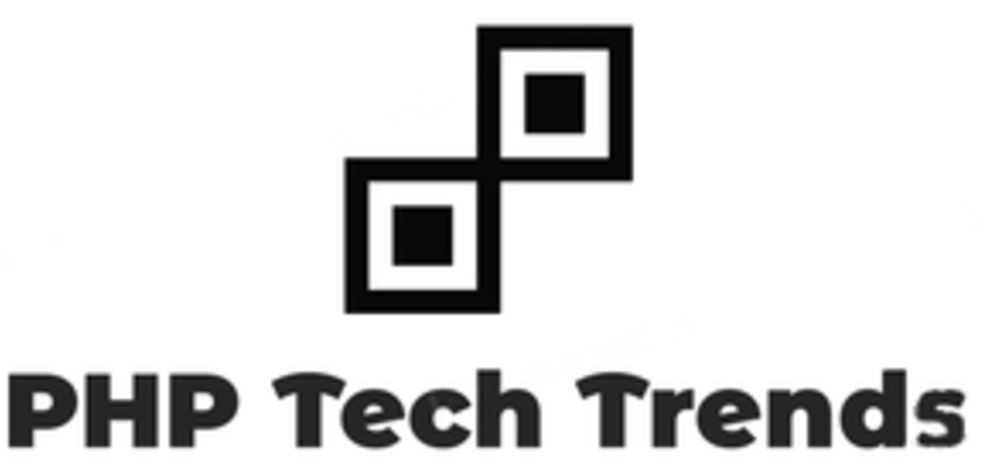Developing lightweight PHP microservices for high performance involves adopting best practices, utilizing efficient frameworks, and implementing strategies that enable rapid response times and optimal resource utilization. Consider using Lumen, a lightweight micro-framework by Laravel. Lumen is designed for building fast and efficient microservices and APIs with minimal overhead. Slim is another lightweight PHP micro-framework that provides essential features for building microservices while keeping the footprint small.
Developing lightweight PHP microservices for high performance involves a holistic approach that covers code optimization, infrastructure efficiency, and deployment practices. By following these considerations, developers can create microservices that respond rapidly to requests, utilize resources efficiently, and contribute to a high-performance architecture. Regular monitoring, profiling, and continuous optimization are key to maintaining and improving the performance of PHP microservices over time.
The Rise of Developing Lightweight PHP Microservices for High Performance
The rise of developing lightweight PHP microservices for high performance reflects a growing trend in the industry to build scalable, efficient, and responsive architectures. This approach has gained prominence due to several factors that contribute to the success of modern web applications. As web applications experience increased user traffic and expanding functionalities, the need for scalable architectures becomes critical.
Lightweight microservices minimize overhead, enabling more efficient resource utilization. This is particularly important for startups and organizations aiming to optimize costs. By focusing on essential functionalities, lightweight microservices can respond rapidly to user requests, leading to improved user experience.
Microservices architecture promotes modularity and independence of services. Lightweight PHP microservices align with the principles of microservices, allowing for the development of loosely coupled components. Microservices enable the use of different technologies for specific services, fostering innovation and flexibility.
The rise of containerization tools like Docker and orchestration frameworks like Kubernetes has facilitated the deployment and management of lightweight PHP microservices. Containers ensure consistency across different environments, streamlining the development-to-deployment process.
Lightweight PHP microservices often follow an API-driven development approach. APIs allow seamless communication between services, enabling the creation of interconnected and modular applications. The open-source nature of PHP and its rich ecosystem of frameworks and libraries contribute to the development of lightweight microservices.
The active PHP community provides continuous support, contributing to the evolution of lightweight frameworks and best practices. Lightweight PHP microservices align with DevOps practices, facilitating continuous integration, continuous deployment (CI/CD), and rapid iteration. The use of opcode caching in PHP accelerates script execution by storing precompiled bytecode in memory, reducing the need for repeated compilation.
Lightweight PHP microservices often incorporate asynchronous processing, enhancing responsiveness and improving overall system performance. Microservices promote the isolation of concerns, reducing the impact of failures in one service on the entire application. Security measures can be applied more granularly to individual microservices, enhancing the overall security posture.
The use of content delivery networks (CDNs) and edge computing ensures that content is delivered to users globally with low latency, contributing to a high-performance user experience.
The rise of developing lightweight PHP microservices for high performance is driven by the need for scalable, efficient, and adaptable architectures. Organizations are leveraging the benefits of microservices to achieve agility, optimize resource usage, and deliver responsive applications in a rapidly evolving technological landscape. The continuous evolution of PHP frameworks, coupled with best practices in microservices development, positions lightweight PHP microservices as a key strategy for building high-performance applications that meet the demands of modern users and businesses.
Understanding Developing Lightweight PHP Microservices for High Performance
Understanding the concept of developing lightweight PHP microservices for high performance involves delving into the principles, strategies, and technologies that contribute to creating scalable, efficient, and responsive microservices architectures. Microservices involve breaking down monolithic applications into smaller, independently deployable services. Each microservice operates independently and communicates with others through APIs, fostering modularity and autonomy.
Lightweight PHP frameworks like Lumen and Slim are tailored for microservices development. They provide essential features with minimal overhead, optimizing performance.Lightweight frameworks allow developers to focus on the core functionality of microservices, minimizing unnecessary features.
Microservices architectures support horizontal scaling, enabling the addition of instances to handle increased loads. Lightweight microservices can dynamically adapt to varying workloads, ensuring optimal resource utilization. Kubernetes orchestrates the deployment and scaling of microservices, streamlining management. Containerization with Docker ensures consistency across development, testing, and production environments.
Lightweight microservices minimize unnecessary overhead, optimizing resource usage. The efficiency of lightweight PHP microservices translates to fast response times, improving user experience. Microservices communicate through APIs, enabling seamless interactions between services.
API-driven development allows for the flexibility to use diverse technologies and fosters innovation within each service. PHP opcode caching, such as OPCache, stores precompiled script bytecode in memory, reducing the need for script recompilation. Asynchronous processing enhances responsiveness by offloading time-consuming tasks, allowing microservices to handle multiple requests concurrently.
Security measures are applied at the microservices level, ensuring fine-grained control over access and permissions. Microservices isolation limits the impact of security vulnerabilities to individual services, enhancing overall security. Adopting DevOps practices facilitates CI/CD pipelines, automating testing, integration, and deployment. Lightweight microservices support agile development and quick release cycles, aligning with DevOps principles.
CDNs and edge computing enhance global content delivery, reducing latency for users worldwide. Understanding the development of lightweight PHP microservices for high performance involves embracing microservices principles, selecting the right frameworks, optimizing resource usage, and incorporating modern technologies like containerization and orchestration. This approach allows organizations to build scalable, efficient, and responsive applications, meeting the demands of contemporary development and user expectations. Regular monitoring, performance profiling, and continuous optimization are essential for maintaining and improving the performance of lightweight PHP microservices over time.
Best Practices for Developing Lightweight PHP Microservices for High Performance
Developing lightweight PHP microservices for high performance involves adhering to best practices that optimize resource utilization, enhance responsiveness, and ensure scalability. Design microservices with a single responsibility, adhering to the microservices architectural principles. Adopt an API-first design approach to ensure clear and efficient communication between microservices.
Write efficient and optimized PHP code to reduce resource consumption. Enable and configure opcode caching (e.g., OPCache) to store precompiled script bytecode in memory, reducing the need for script recompilation. Utilize queue systems for asynchronous processing to offload time-consuming tasks, enhancing responsiveness.
Containerize microservices using Docker to ensure consistency across different environments. Implement Kubernetes for efficient orchestration, deployment, and scaling of containers. Design microservices to be horizontally scalable, allowing for the addition of instances to handle increased loads.
Implement load balancing to distribute incoming traffic evenly across multiple instances. Optimize database queries for performance by using indexes, retrieving only necessary data, and considering denormalization. Use connection pooling to efficiently manage database connections, reducing connection overhead.
Implement versioning for APIs to maintain backward compatibility while introducing new features. Consider using an API gateway to manage and route requests, providing a centralized entry point for microservices. Apply security measures at the microservices level to ensure fine-grained control over access and permissions.
Use HTTPS for secure communication between microservices, ensuring data integrity and confidentiality. Set up monitoring tools to track performance metrics and identify bottlenecks. Implement comprehensive logging to capture relevant information for troubleshooting and performance analysis. Maintain clear and comprehensive documentation for each microservice, including API documentation, to facilitate collaboration and integration.
By following these best practices, developers can create lightweight PHP microservices that not only exhibit high performance but also adhere to scalability, security, and maintainability principles in a microservices architecture. Regularly reassess and optimize based on performance metrics and changing requirements for continuous improvement.
Conclusion and future for Developing Lightweight PHP Microservices for High Performance
Developing lightweight PHP microservices for high performance is a strategic approach that aligns with modern software development principles, enabling organizations to build scalable, efficient, and responsive applications. Embracing microservices architecture, selecting lightweight frameworks, and implementing best practices contribute to the success of this development paradigm. Microservices architecture facilitates scalability, allowing organizations to adapt to varying workloads and optimize resource usage.
Lightweight PHP frameworks, such as Lumen and Slim, contribute to efficiency by providing essential features without unnecessary overhead. Efficient coding practices, opcode caching, and asynchronous processing contribute to optimized resource utilization.
Containerization with Docker and orchestration with Kubernetes ensure consistent and efficient deployment across different environments. Horizontal scaling, load balancing, and the use of asynchronous processing enhance the overall performance and responsiveness of microservices.
Continuous monitoring, logging, and performance testing are essential for identifying and addressing bottlenecks. In the future, the development of lightweight PHP microservices will continue to evolve, driven by technological advancements, changing business requirements, and a commitment to delivering high-performance, scalable, and secure applications. Organizations that embrace these trends and remain adaptable will be well-positioned to navigate the dynamic landscape of modern software development.

